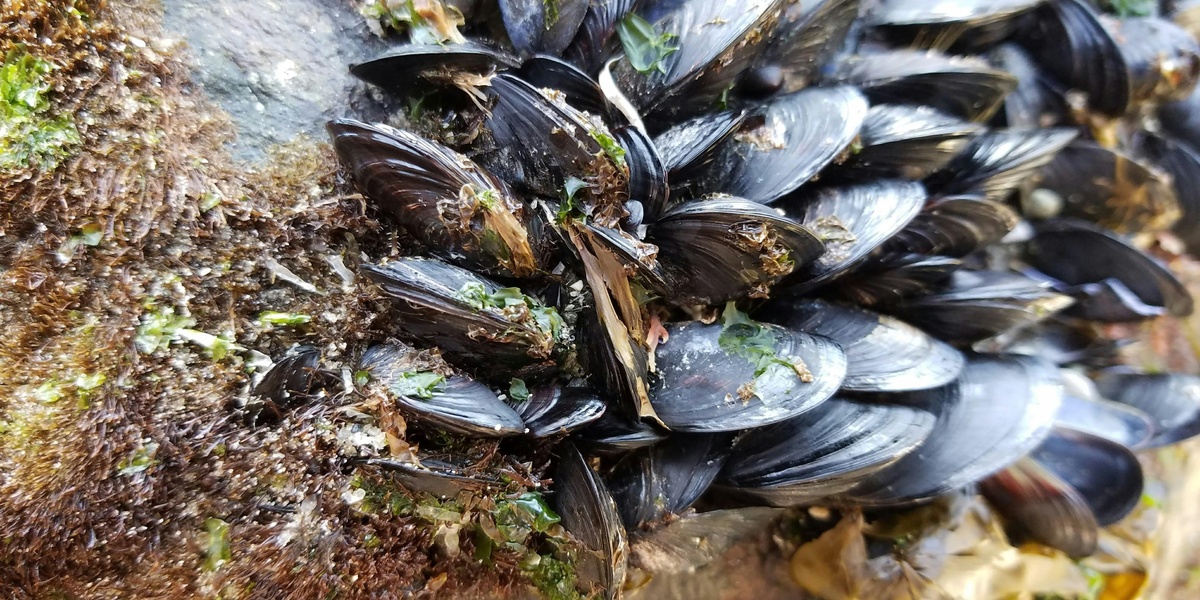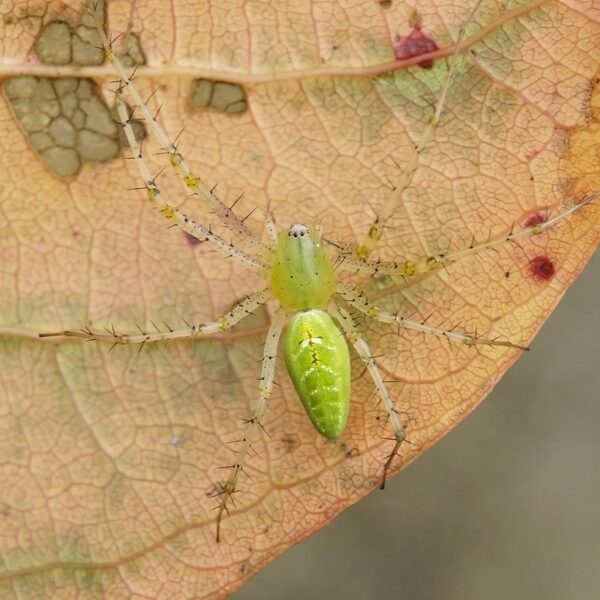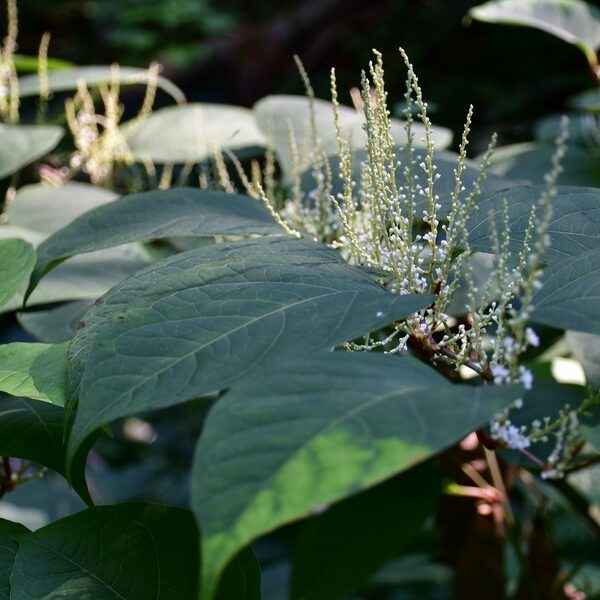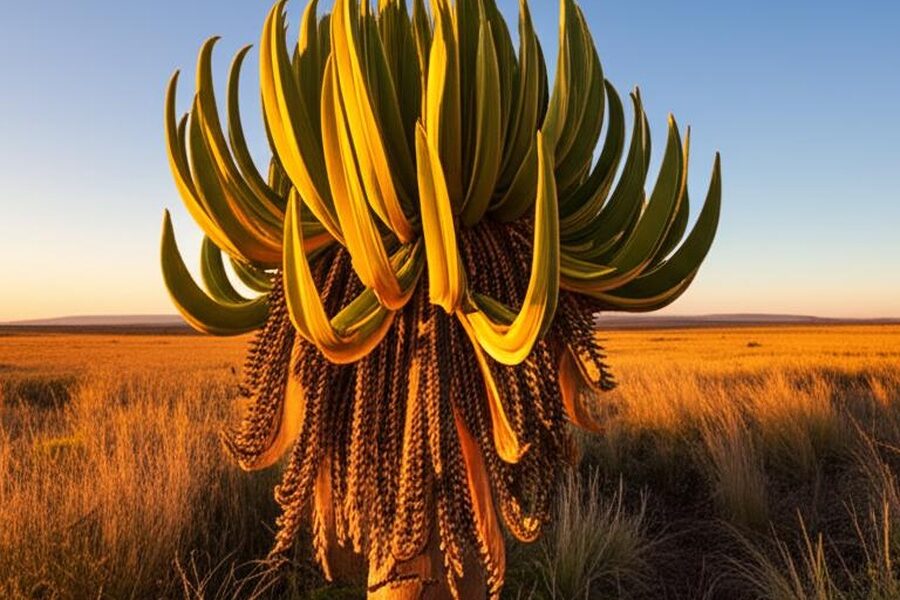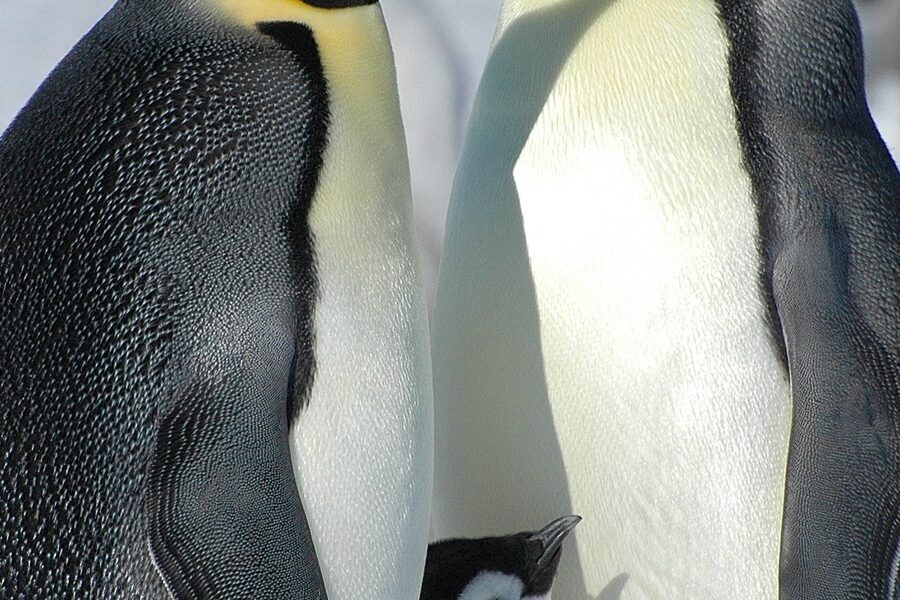Algonquin Provincial Park’s lakes, rivers and mixed forests support rich native wildlife, but they also create pathways for non-native species to arrive and spread. Regular monitoring and clear information help managers and visitors understand what to watch for and why it matters.
There are 12 Invasive Species in Algonquin Provincial Park, ranging from Banded Mystery Snail to Spiny Waterflea. For each species the data are organized as Scientific name,Status in park,Where found so you can compare identification, current concern and typical locations — you’ll find this information below.
How do these invasive species affect Algonquin’s ecosystems?
Invasives can outcompete native plants and animals, change food webs, damage habitat and alter water quality; for example, Spiny Waterflea can reduce zooplankton populations that fish rely on, while exotic snails can change substrate conditions and nutrient cycling.
What can visitors do to help prevent their spread?
Clean boats, trailers, fishing gear, boots and pets before entering or leaving the park, never release bait or aquarium species, avoid moving firewood, and report unusual species sightings to park staff so they can respond quickly.
Invasive Species in Algonquin Provincial Park
| Common name | Scientific name | Status in park | Where found |
|---|---|---|---|
| Spiny Waterflea | *Bythotrephes longimanus* | Established in many major lakes. | Open water of lakes like Opeongo, Canoe, Smoke. |
| Rusty Crayfish | *Faxonius rusticus* | Established in several lakes and river systems. | Rocky bottoms of lakes and streams. |
| Smallmouth Bass | *Micropterus dolomieu* | Established; invasive outside its native range. | Introduced into many warm, clear, rocky lakes. |
| Banded Mystery Snail | *Viviparus georgianus* | Present and spreading in some lakes. | Soft bottoms of lakes, often near access points. |
| Garlic Mustard | *Alliaria petiolata* | Present in localized patches, actively managed. | Disturbed soils along trails, campgrounds, and roadsides. |
| Phragmites | *Phragmites australis* subsp. *australis* | Present in small, managed populations. | Ditches and wetlands along the Highway 60 corridor. |
| Japanese Knotweed | *Reynoutria japonica* | Present in very small, isolated populations. | Disturbed areas, often near park access points. |
| Dog-strangling Vine | *Vincetoxicum rossicum* | Present in isolated, monitored locations. | Open, disturbed areas, often near park entrances. |
| Common Buckthorn | *Rhamnus cathartica* | Present in disturbed areas, especially near Hwy 60. | Forest edges, old fields, along park corridors. |
| Purple Loosestrife | *Lythrum salicaria* | Present, with some biological control success. | Marshes, lake shores, and wet ditches. |
| Emerald Ash Borer | *Agrilus planipennis* | Established and spreading throughout the park. | Found on all native ash tree species. |
| Beech Bark Disease | *Cryptococcus fagisuga* & *Neonectria faginata* | Widespread and established; high mortality. | Affects American Beech trees throughout the park. |
Images and Descriptions
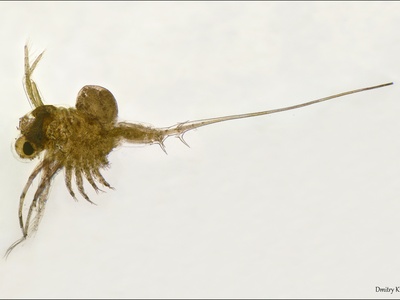
Spiny Waterflea
A tiny, predatory zooplankton from Eurasia. It fouls fishing lines with its long tail spine and disrupts the food web by consuming native zooplankton, which impacts fish populations. Report sightings.
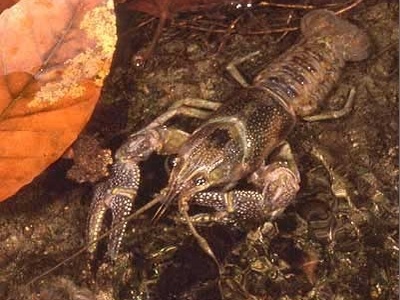
Rusty Crayfish
An aggressive crayfish native to the Ohio River Basin. It outcompetes native crayfish and destroys aquatic vegetation, harming fish habitat and the overall health of aquatic ecosystems. Do not move crayfish between waterbodies.
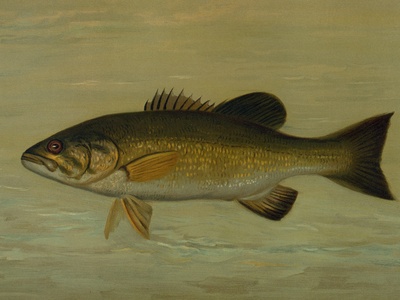
Smallmouth Bass
A popular sport fish that is invasive in many Algonquin lakes. It was introduced and now outcompetes, preys upon, and displaces native Brook Trout, a keystone park species.
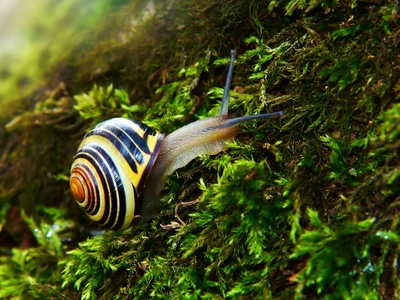
Banded Mystery Snail
A large aquatic snail, native to the southeastern US but invasive here. It can form dense populations that may outcompete native snails and act as a host for fish parasites.
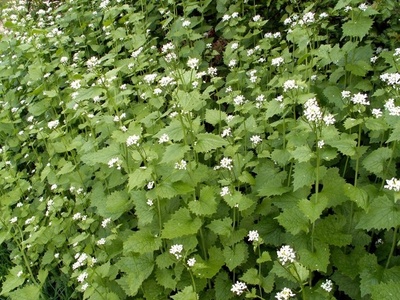
Garlic Mustard
A biennial herb from Europe that smells like garlic when crushed. It forms dense stands in forest understories, crowding out native wildflowers and inhibiting tree seedling growth through chemical warfare.
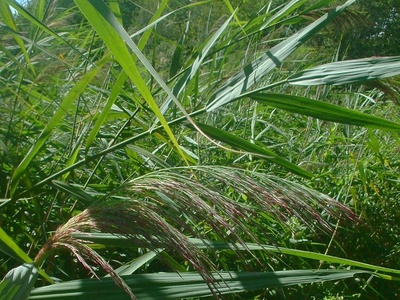
Phragmites
A tall, aggressive perennial grass from Eurasia that creates dense, impenetrable stands in wetlands. It crowds out native plants, degrades wildlife habitat, and can alter hydrology. Report large patches.
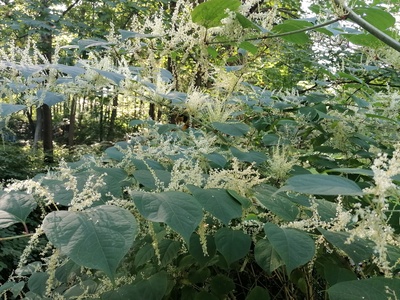
Japanese Knotweed
A bamboo-like perennial from Asia that grows in dense thickets, pushing out all other vegetation. Its powerful roots can damage infrastructure like pavement and building foundations. Report any sightings immediately.
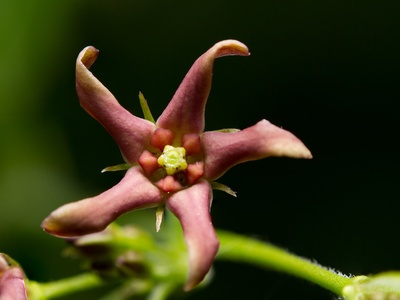
Dog-strangling Vine
A climbing vine from Eurasia that forms dense mats, smothering native plants and small trees. It threatens Monarch butterfly populations, as they mistake it for milkweed and lay eggs on it.
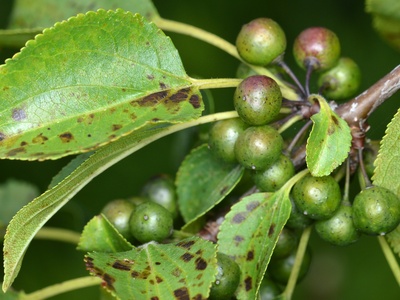
Common Buckthorn
A large shrub or small tree from Eurasia. It creates dense shade, outcompeting native plants. Its berries have a laxative effect on birds, which helps spread its seeds widely.
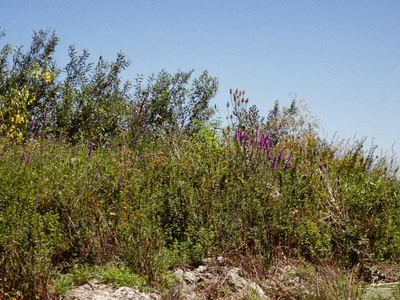
Purple Loosestrife
A wetland perennial from Europe with bright purple flower spikes. It forms dense stands that eliminate native wetland plants, which are critical food and shelter for many wildlife species.
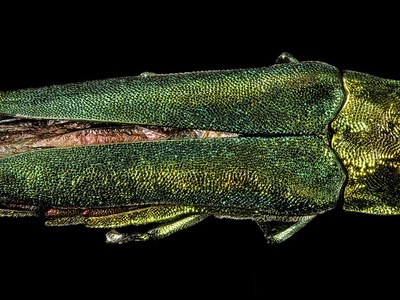
Emerald Ash Borer
A metallic green beetle from Asia whose larvae burrow under the bark of ash trees, cutting off nutrient flow and killing the tree within a few years. It is devastating to ash populations.
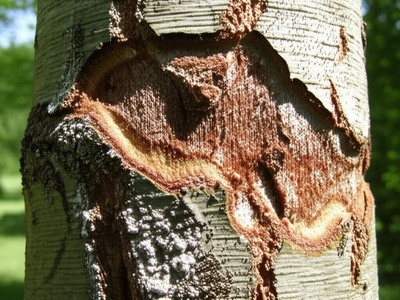
Beech Bark Disease
A disease complex caused by an invasive scale insect from Europe and a native fungus. The insect’s feeding creates wounds that allow the fungus to enter, eventually killing the tree.
